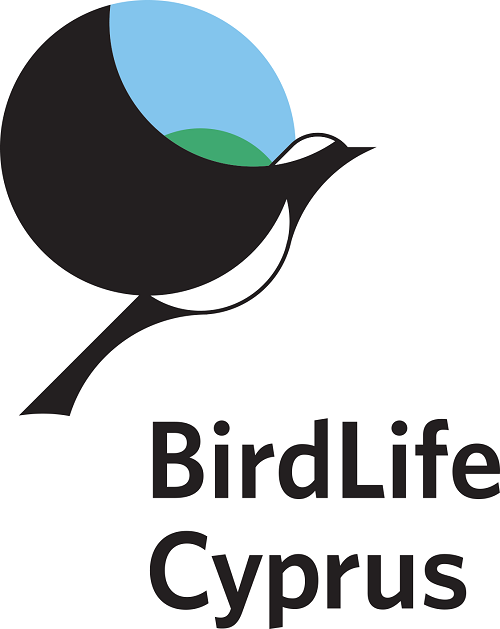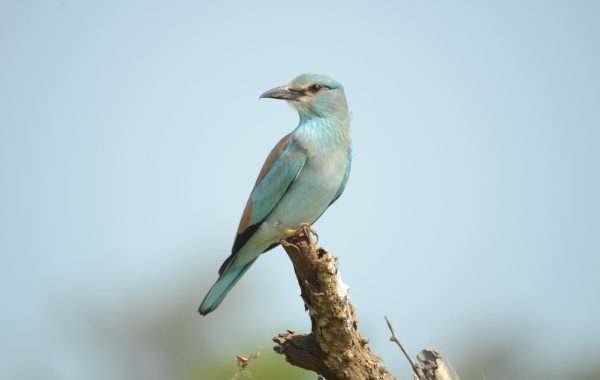What do we want from our farmers? Do we want maximum production, whatever the impact on wildlife, water and air, or lower but more ecologically sustainable production? BirdLife favors the second choice, in large part because it is also good for nature and the countryside. But what right does BirdLife – or anyone else for that matter – have to tell farmers what to do? Are they not masters of their own land, after all?
The answer is of course that they are, yes, and can use their land as they see fit (though there are laws on pollution and wildlife protection all land users must comply with). However, a big chunk of public money in the form of Common Agricultural Policy (CAP) subsidies does go to support farmers. The CAP accounts for some 40% of the EU budget, in fact. So taxpayers should have a say in what type of agriculture the CAP supports.
The evidence is that EU farming policy has a huge influence on farmland management. CAP subsidies have to date mostly fallen into the ‘production support’ category, which has resulted in agricultural intensification on a massive scale across the EU. This move to crop specialization, monocultures, more pesticides and less ‘space for nature’ (hedgerows, fallow land, etc) has led to a catastrophic and well-documented decline in farmland biodiversity in recent decades. At the same time, the CAP has failed to support low-intensity production. As a result, areas with traditional, ecologically (but not economically) sustainable and wildlife-friendly farming have been abandoned on a massive scale. It might be counter-intuitive, but the return to more natural vegetation that usually follows farmland abandonment is often actually bad news for biodiversity, essentially because scrub and forest systems are a simplification of the complex agricultural mosaics generated by long-practiced traditional farming. Cyprus too has experienced both intensification – mostly in lowlands, especially where irrigation schemes spring up – and abandonment, mainly in more marginal upland and mid-elevation farmland, in recent decades.
Why are we talking about this again now? Well, because we are in the midst of the latest reform of the CAP, a policy that has been around since 1962. Perhaps with one eye on polls that show overwhelming public support for a more environmentally friendly CAP (including amongst farmers), the EU is again talking this reform up as a ‘greening’ exercise. But will it be? The last reform (ahead of the 2014-2020 programming period) ended up as more greenwash than concrete support for sustainable farming. The ugly truth is that as discussions peak ahead of the 2021-2027 period, it is not looking much better this time round…in fact it could amount to a backward step.
A group of eminent ecologists recently scrutinized the European Commission proposal for CAP reform, publishing their findings in Science [1]. They reiterate the ecological importance of a policy instrument that largely shapes what happens to the around 40% of the EU land mass that is agricultural, before sounding alarm bells about fresh failures to turn the CAP into an effective tool for sustainable land management. Chief among the concerns expressed is the continued focus on simple per hectare payments to farmers, with the environmental strings proposed for attachment being of questionable strength. Some 70% of the CAP budget is muted for such per hectare payments. The onus on per hectare payments also favors the ‘big few’, as this system leads to less than 2% of farmers receiving over 30% of the CAP ‘pie’. The new proposals cut support for progressive voluntary measures such as agri-environment-climate schemes, which reward farmers for doing that bit more for wildlife and the environment. The scientists note that while greenhouse gas emissions from agriculture continue to rise, no concrete proposals for supporting farmers to do their bit to address the looming climate disaster are included in the new “green” CAP.
BirdLife Europe is leading the good fight for a truly greener CAP at Brussels level, and BirdLife Cyprus will do its best to influence things at local level, as will other BirdLife partners across the EU. At stake is the shape of our countryside, the fate of wildlife and the future of small farmers and rural communities.
[1] See Pe’er, G. et al (2019). A greener path for the EU Common Agricultural Policy. Science 365: 449-451. DOI: 10.1126/science.aax3146




